NASA and the United States Air Force recently released what’s called a “schlieren” image of the shock wave, a massive update to a 150-year-old German photography technique, from a USAF Test Pilot School T-38C aircraft flying at supersonic speeds over the Mojave Desert.
Images credit NASA
Schlieren imagery, invented in 1864 by German physicist August Toepler, can be used to visualize supersonic flow phenomena with full-scale aircraft in flight.
Researchers used NASA-developed image processing software to remove the desert background, then combined and averaged multiple frames to produce a clear picture of the shock waves. The image is actually taken from above the aircraft looking down.
Getting such an image in flight is incredibly difficult because the image is taken from an aircraft flying at regular subsonic speed of an aircraft flying at supersonic speed. What helped was a tool called background oriented schlieren, or BOS, first used in wind-tunnel tests but more recently tested in flight by NASA and its partners. The AirBOS system provided higher resolution and faster frame-rate cameras that could acquire more images per pass. The use of different lens/altitude combinations and knife-edge aircraft maneuvers by the pilot of the target supersonic aircraft provided side-on as well as top-down images.
Data from schlieren images will help engineers to design a quiet supersonic transport.
source NASA

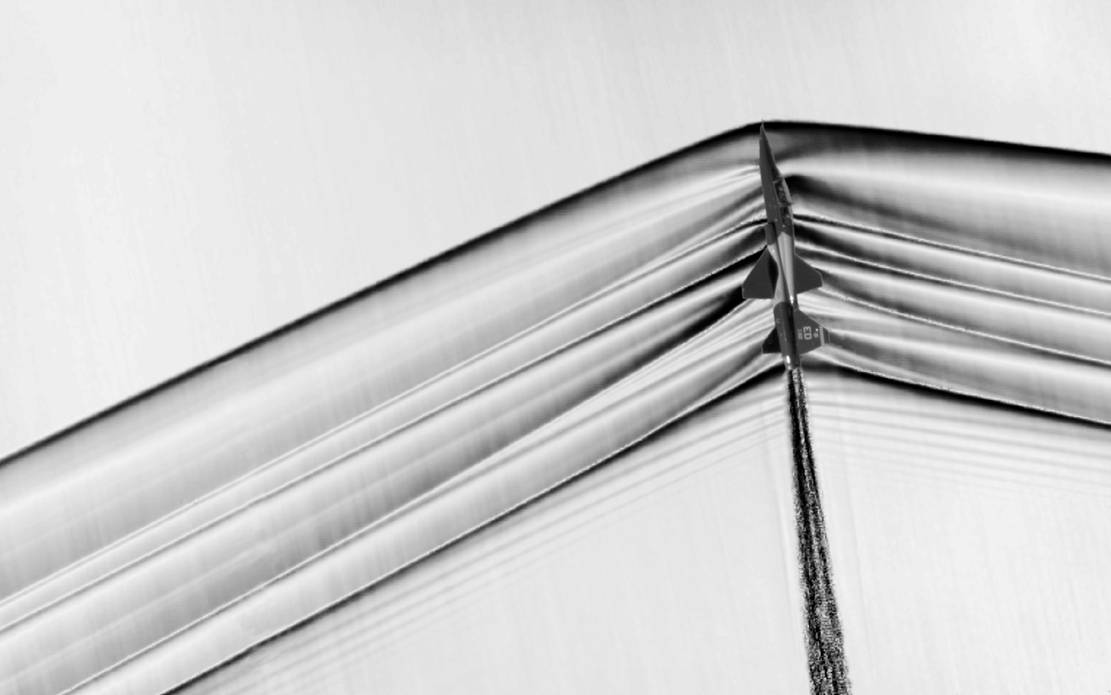
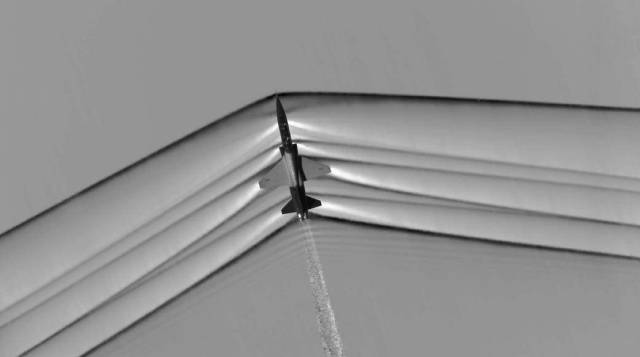
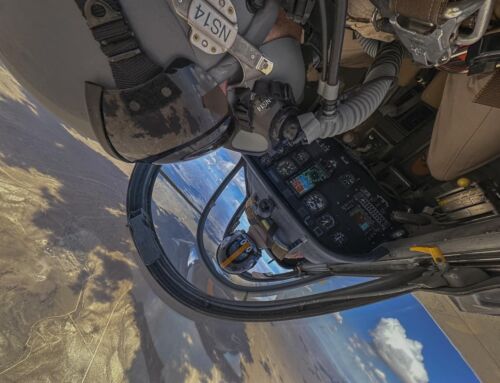
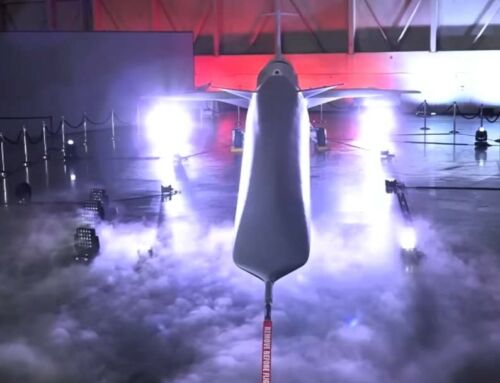
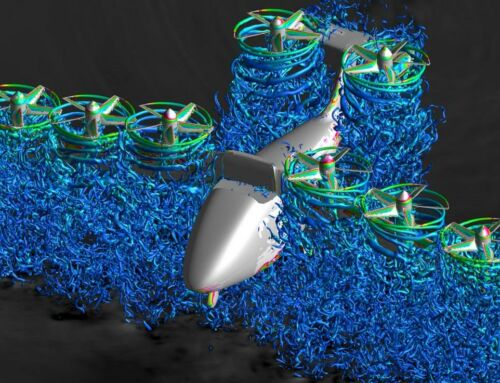

Leave A Comment